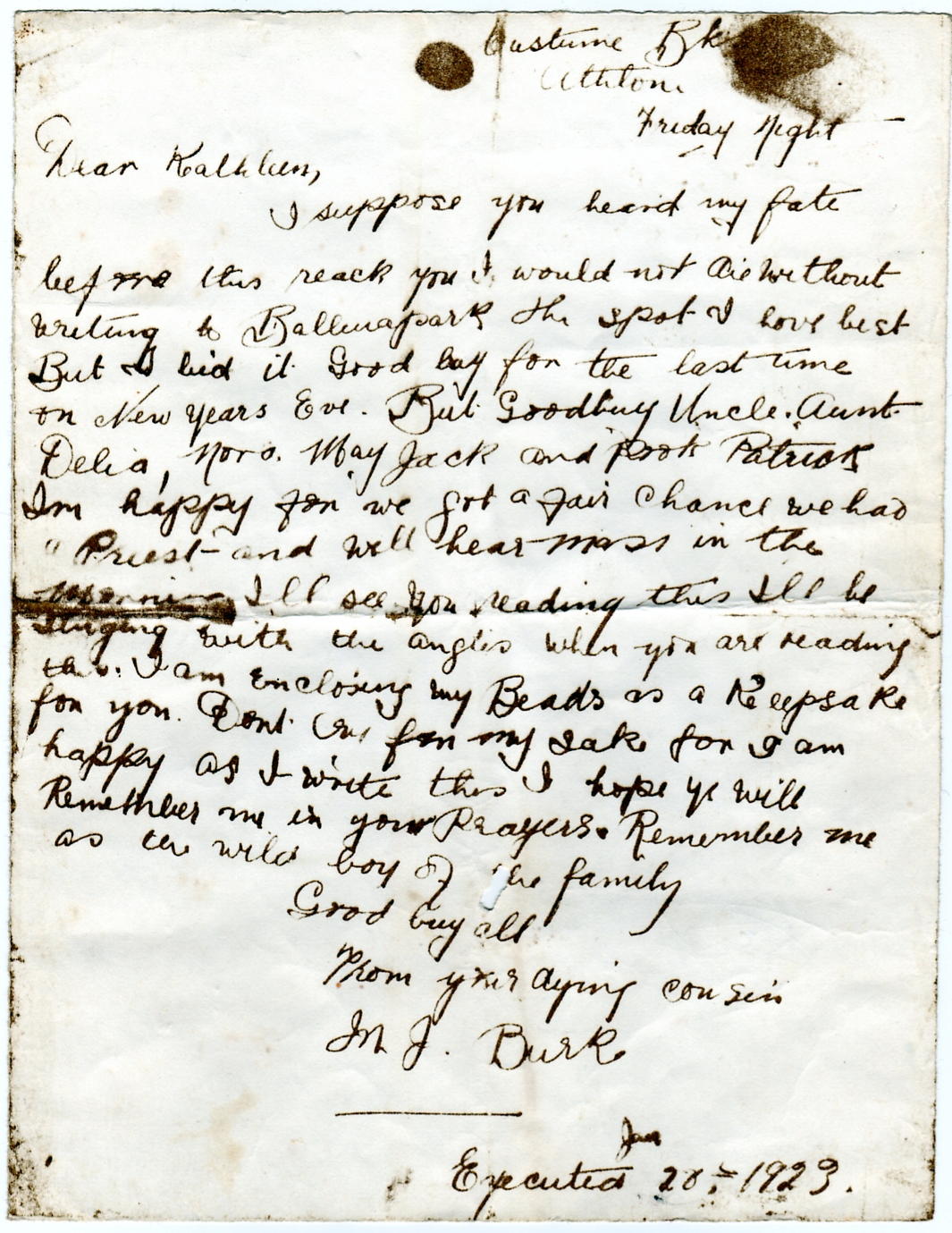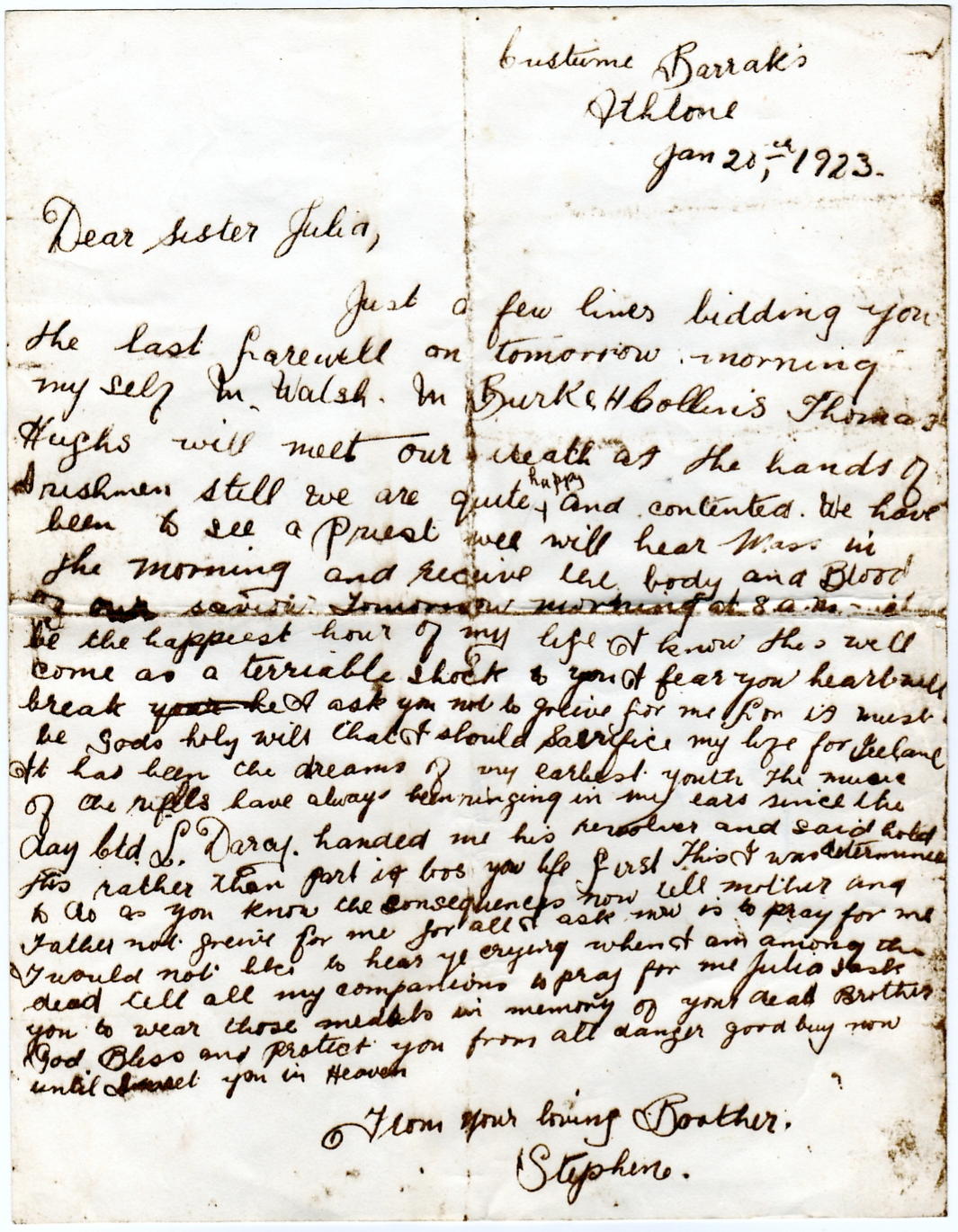Via our daily Google Alert email we learned of some interesting research into ancient barley at the University of Warwick, where ‘boffins’ have recovered significant DNA information ‘from a lost form of ancient barley that triumphed for over 3000 years seeing off: 5 changes in civilisation, water shortages and a much more popular form of barley that produces more grains’.
The press release, which summarises a paper entitled “Archaeogenetic Evidence of Ancient Nubian Barley Evolution from Six to Two-Row Indicates Local Adaptation”, has just been published in PLoS One, although a search for the paper there was fruitless (if someone can point us to the paper we’d appreciate it)!
Written by Dr Robin Allaby, Sarah A. Palmer and Jonathan D. Moore from the University of Warwick’s plant research arm Warwick HRI; Alan J. Clapham from Worcestershire Historic Environment & Archaeology Service at the University of Worcester; and Pamela Rose fromThe McDonald Institute for Archaeological Research, University of Cambridge, it describes the results of their examination of archaeobotanical remains of ancient barley at Qasr Ibrim in Egypt’s Upper Nile.
Qasr Ibrim was once a cliff-top fortress standing at the edge of the Nile in what is now the far south of Egypt, in the region known as Lower Nubia. Today, it is a tiny island in Lake Nasser, the lake created by the construction of the Aswan High Dam some forty years ago.
 Photo used under Creative Commons from Chericbaker
Photo used under Creative Commons from Chericbaker
According to Wikipedia ‘human habitation at the site dates from the Late Kingdom (the last flowering of native Egyptian rulers after the Third Intermediate Period from the 26th Saite Dynasty into Persian conquests ending with the death of Alexander the Great. It ran from 664 BC until 323 BC.) but it reached its greatest prominence in the Middle Ages. Qasr Ibrim is the source of the largest collection of Old Nubian documents ever found. The site was occupied for over 3000 years by 5 successive cultures: Napatan, Roman, Meoitic, Christian and Islamic (more info on Qasr Ibrim here).
According to the press release;
‘The first surprise for the researchers was that throughout that period every culture seemed to be growing a two rowed form of barley. While natural wild barley tends to be two rowed most farmers prefer to grow a much higher yield 6 row version which produces up to 3 times as many grains. That 6 row version has grown for over 8000 years and that was certainly grown in the lower Nile over the same period as Qasr Ibrim was occupied. It was thought that despite the fact that the rest of Egypt used 6 row barley that the farmers of Qasr Ibrim were perhaps deliberately choosing to import 2 rowed barley but the researchers could not understand why that would be so.
The plant scientists were pleased to find that the very dry conditions at Qasr Ibrim meant that they were able to extract a great deal of DNA information from barley samples from the site that dated back 2900 years. This was far better than would normally be expected from barley samples of that age. This led to the researchers to a second and much bigger surprise. They found that the DNA evidence showed that the two rowed barley at the site wasn’t the normal wild two eared barley but a mutation of the more normally cultivated six rowed barley that had changed into a two ear form that had continued to be cultivated for around three millennia.
“There may have been a natural selection pressure that strongly favoured the two-row condition. One such possible cause we are currently investigating is water stress. Qasr Ibrim is located in the upper Nile which is very arid relative to the lower Nile where six-row remains are found, and studies have shown that two-row can survive water stress better than six-row”’
Dr Robin Allaby concludes that:
“This finding has two important implications. Such strong selection pressure is likely to have affected many genes in terms of adaptation. Archaeogenetic study of the DNA of such previously lost ancient crops could confirm the nature of the selection pressure and be very valuable in the development of new varieties of crops to help with today’s climate change challenges. Secondly this crop’s rediscovery adds to our respect for the methods and thinking of ancient farmers. These ancient cultures utilized crops best suited to their environmental situation for centuries, rather than the much more popular six rowed barley they used a successful low grain number yield crop which could cope far better with water stress.”
We’d venture to suggest that the authors have a look at brewing techniques.com here.
Particularly this bit:
‘It is widely believed that two-row barleys are the best barleys for malting and brewing. In fact, outside North America most of the world’s brewing nations exclusively use two-row barley for malt. Six-row barleys, if produced overseas at all, are largely used only for feed.’
Or this bit:
‘The historical preference for two-row barley is based on the fact that two-row barley yields malts with 1-2% greater theoretical extract, meaning that brewers can brew more beer..’
Or this table:
And as the people at brewing techniques point out – it should be mentioned that every barley cultivar, whether six-row or two-row, can have distinct effects on the organoleptic (flavor, aroma, color) characteristics of beer. Two-row malts are generally believed to yield a mellower flavor (our emphasis).
Perhaps there’s a very good reason why the researchers have discounted selection in order to produce a better beer. But at first glance it seems to be a very simple solution to the mystery as to why these ancient Egyptian farmers specifically choose to grow the 2 row variant.
Addendum: Via a third party we’re told that Alan Clapham, one of the paper’s authors, thinks it is more likely that it was environmental pressures that forced them into using two row barley (and he points out that it is six row barley which has reverted to two row) – the arid nature of the site -but suggests we have a look at the work of Delwen Samuel on her experimental brewing at Tell el-Amarna. Apparently the product of this experiment was once produced commercially by Scottish and Newcastle.
Additionally, the full article we were referring to is available here…




